According to SCMP , the brain implant solution developed by Chinese scientists is less dangerous to brain tissue than the implant from billionaire Elon Musk's Neuralink. In Neuralink's recent announcement, their implant penetrates the neural tissue of the cerebral cortex. Although this penetration is only 2 mm, it will certainly destroy some neurons at the installation site.
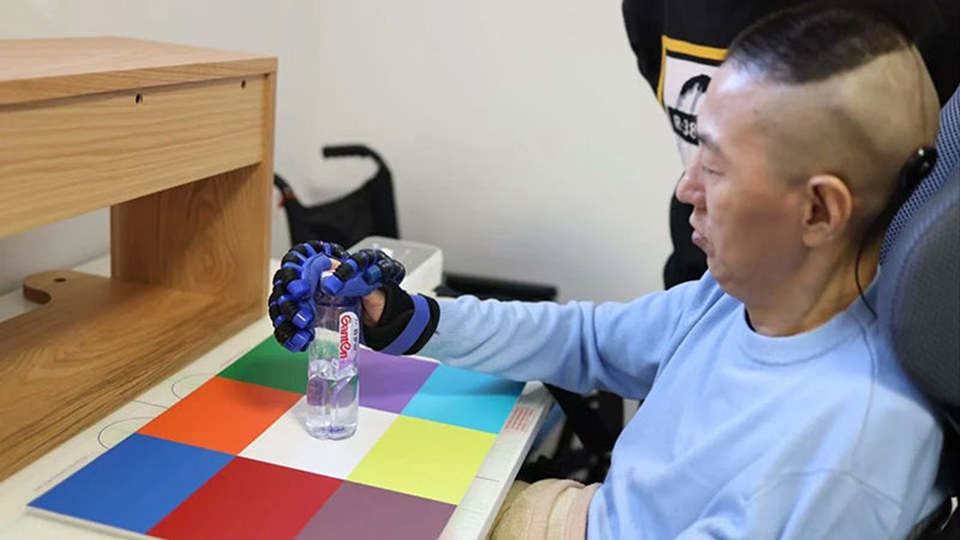
Patient implanted with NEO sensor performing movements
As for the solution from Chinese scientists, they took a different route. Over the course of about 10 years, a team from Tsinghua University has developed an implant that can maintain sufficient sensitivity to brain signals without damaging cortical neurons by placing the Neural Electronic Opportunity (NEO) sensor in the epidural space between the brain and the skull. It is also filled with living tissue and circuits, but there is no nerve tissue in it.
The NEO sensor has no power source of its own and no wires. A high-frequency antenna to transmit power and a controller and brain signal transmitter to a smartphone or computer are mounted on the outside of the skull. The platform works through a machine learning system that improves its capabilities as rehabilitation activities progress.
The first NEO implant was installed in a patient on October 24, 2023, and scientists say they are seeing “impressive progress” taking place. The patient is a man who has been unable to move his arms and legs for 14 years after an injury. With the help of the brain implant, he has learned to control the external part of his arm to the point where he can eat food with his hands. In December, another patient underwent surgery and implantation but is still recovering.
“The next phase of the research is to develop a new active rehabilitation process with the support of a brain-computer interface to accelerate the growth of neural tissue at the site of damaged spinal cord segments,” said a statement from Tsinghua University.
According to the announcement, scientists will not limit themselves to treating injuries and diseases of the nervous system. In the future, they aim to connect the brain and the computer with an interface so that one becomes a continuation of the other.
Source link




![[Photo] Ministry of Defense sees off relief forces to the airport to Myanmar for mission](https://vstatic.vietnam.vn/vietnam/resource/IMAGE/2025/3/30/245629fab9d644fd909ecd67f1749123)


![[Photo] Prime Minister Pham Minh Chinh chairs meeting to remove difficulties for projects](https://vstatic.vietnam.vn/vietnam/resource/IMAGE/2025/3/30/7d354a396d4e4699adc2ccc0d44fbd4f)





















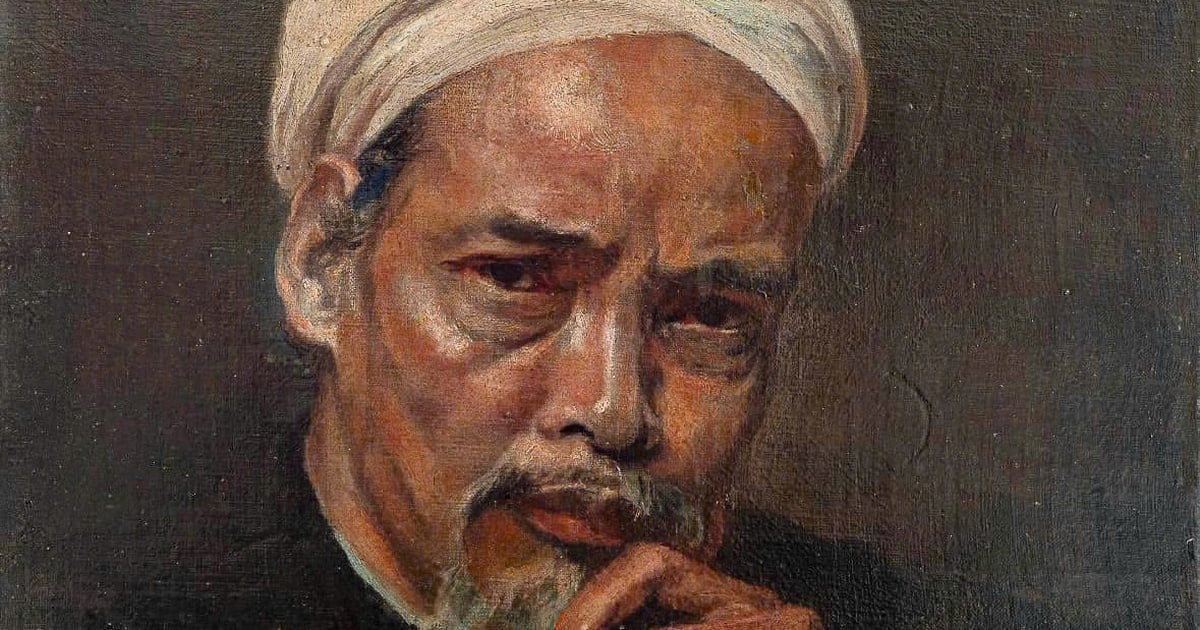















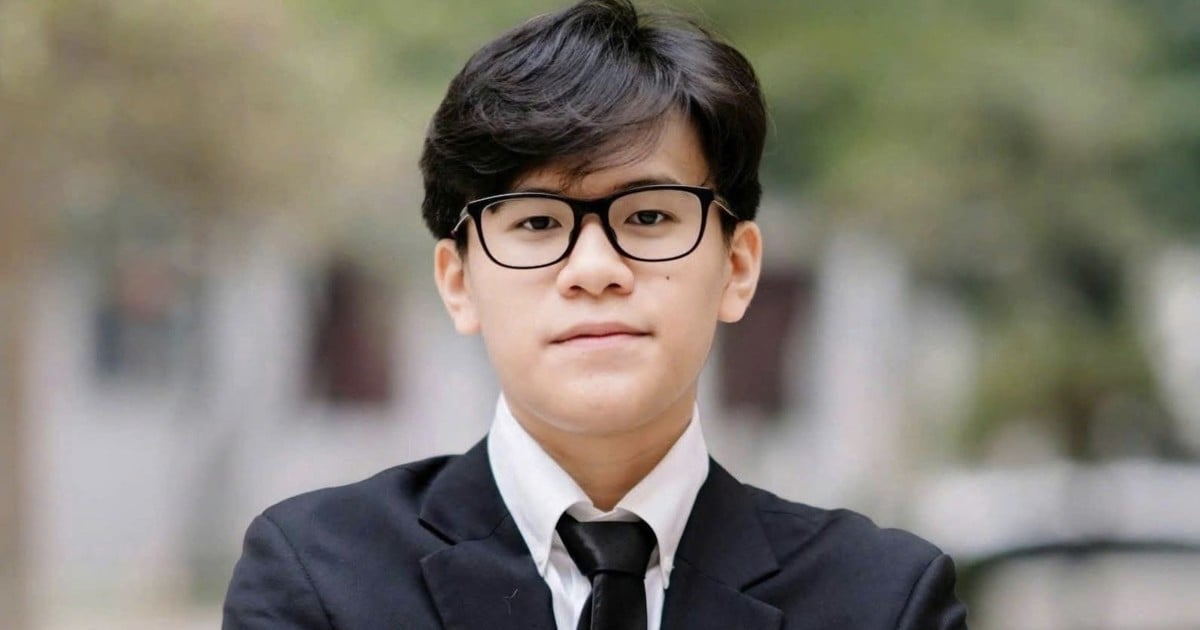





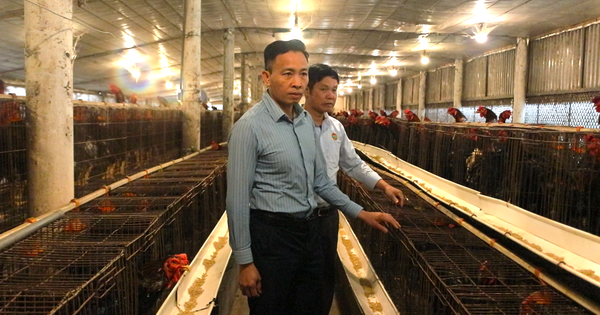
















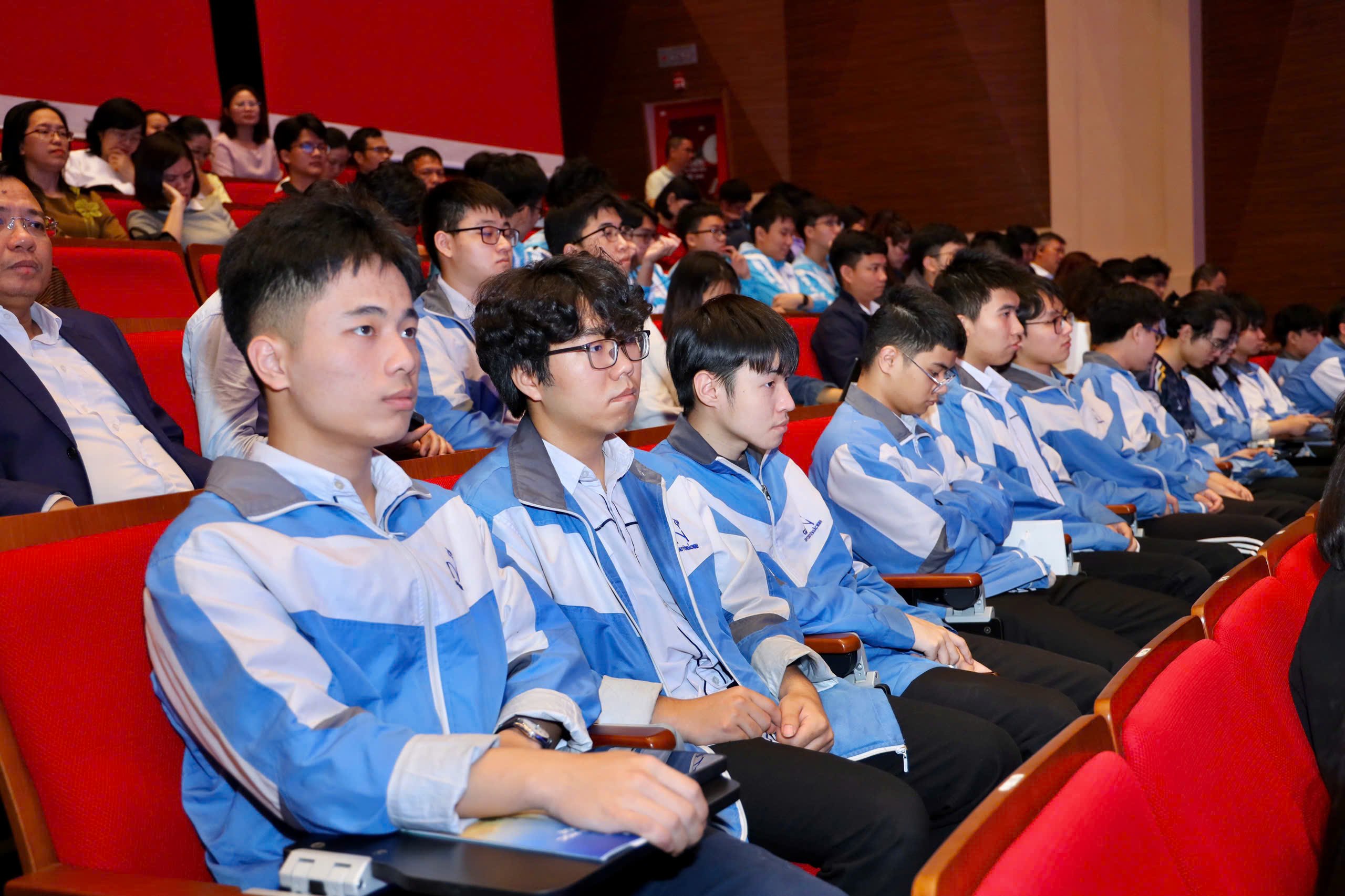

















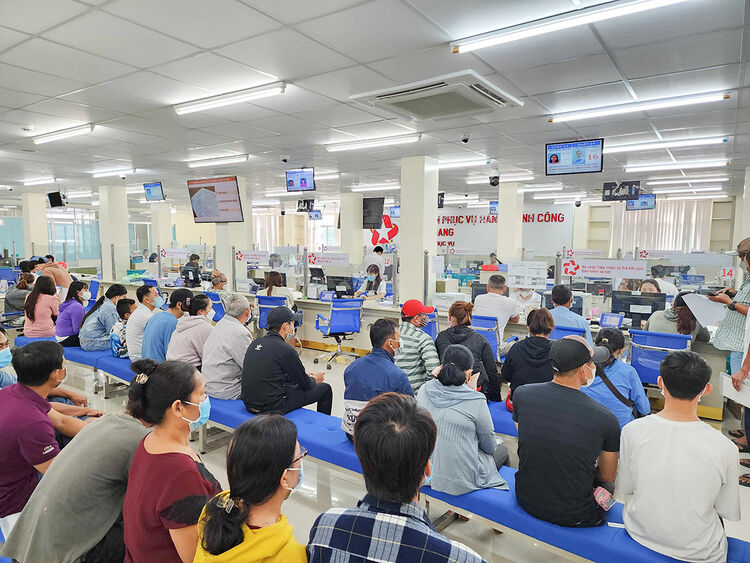




![[REVIEW OCOP] An Lanh Huong Vet Yen Cat](https://vstatic.vietnam.vn/vietnam/resource/IMAGE/2025/3/27/c25032328e9a47be9991d5be7c0cad8c)



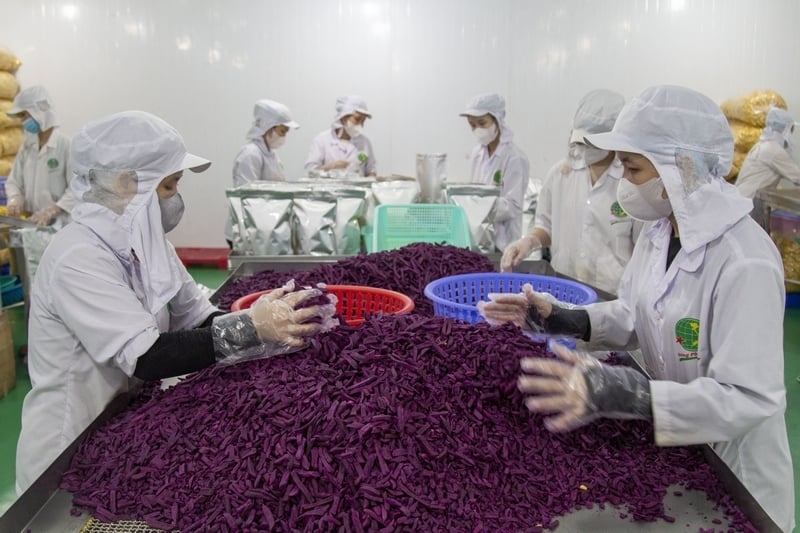


Comment (0)